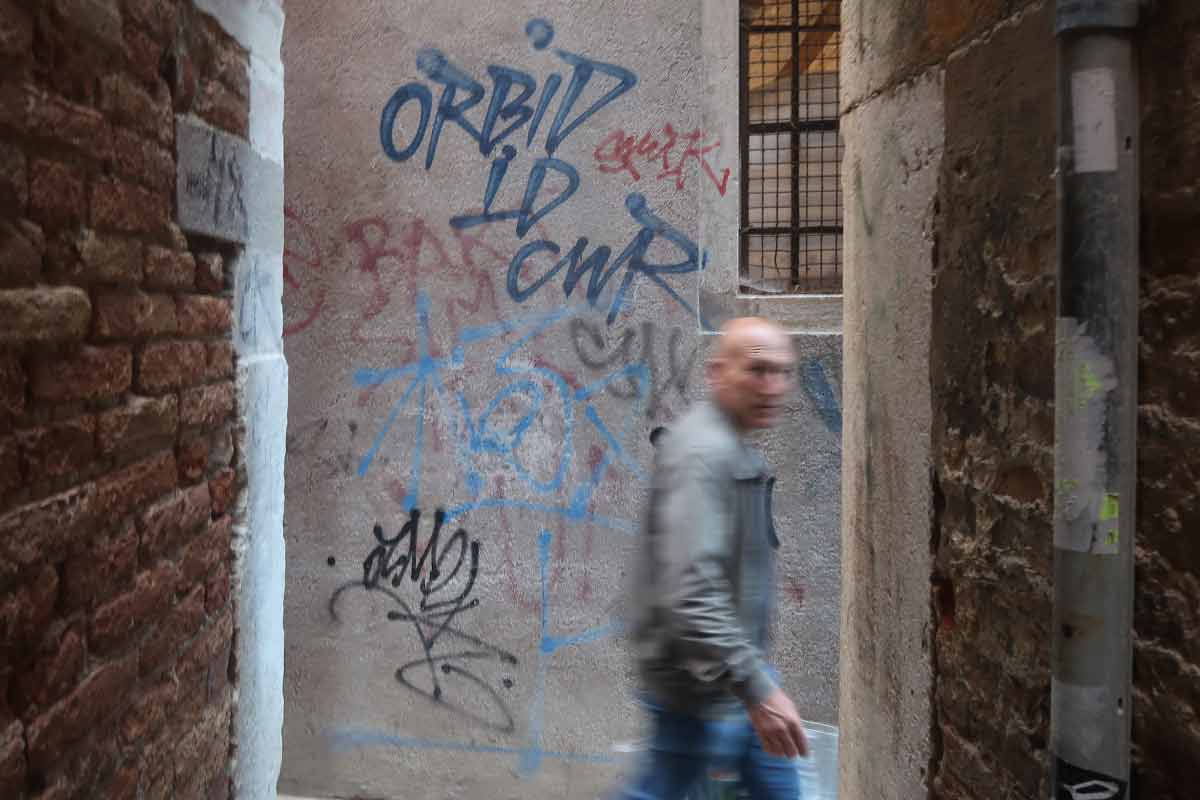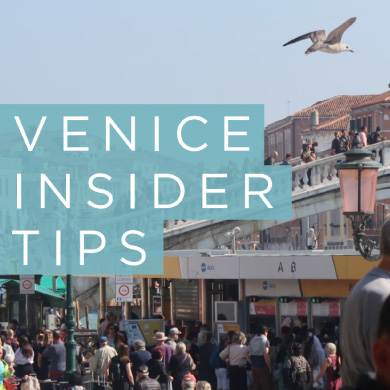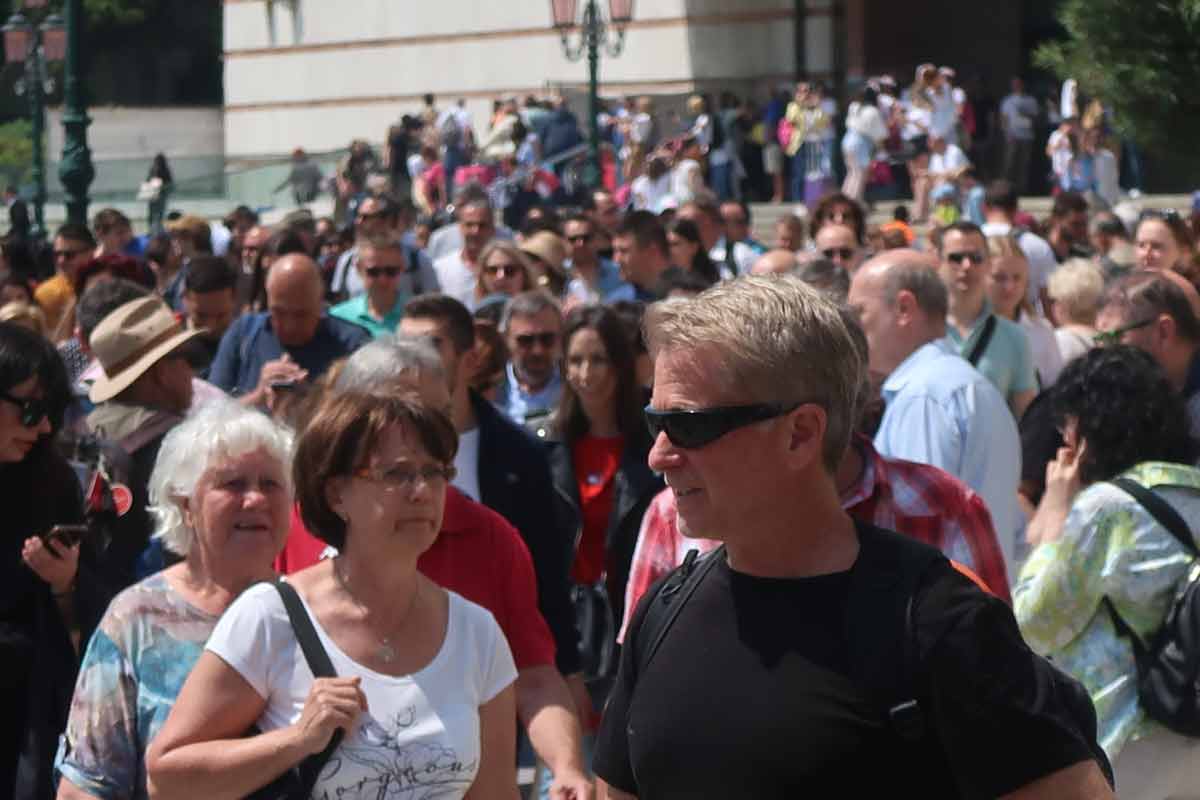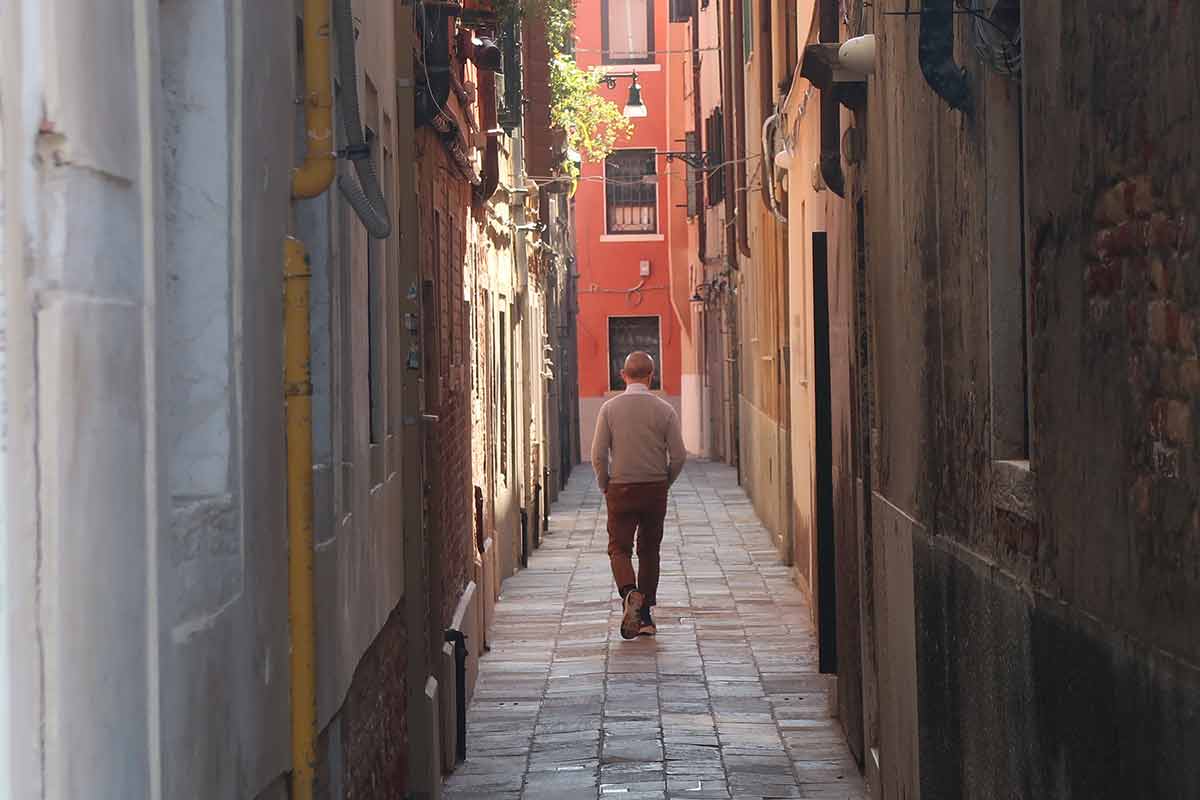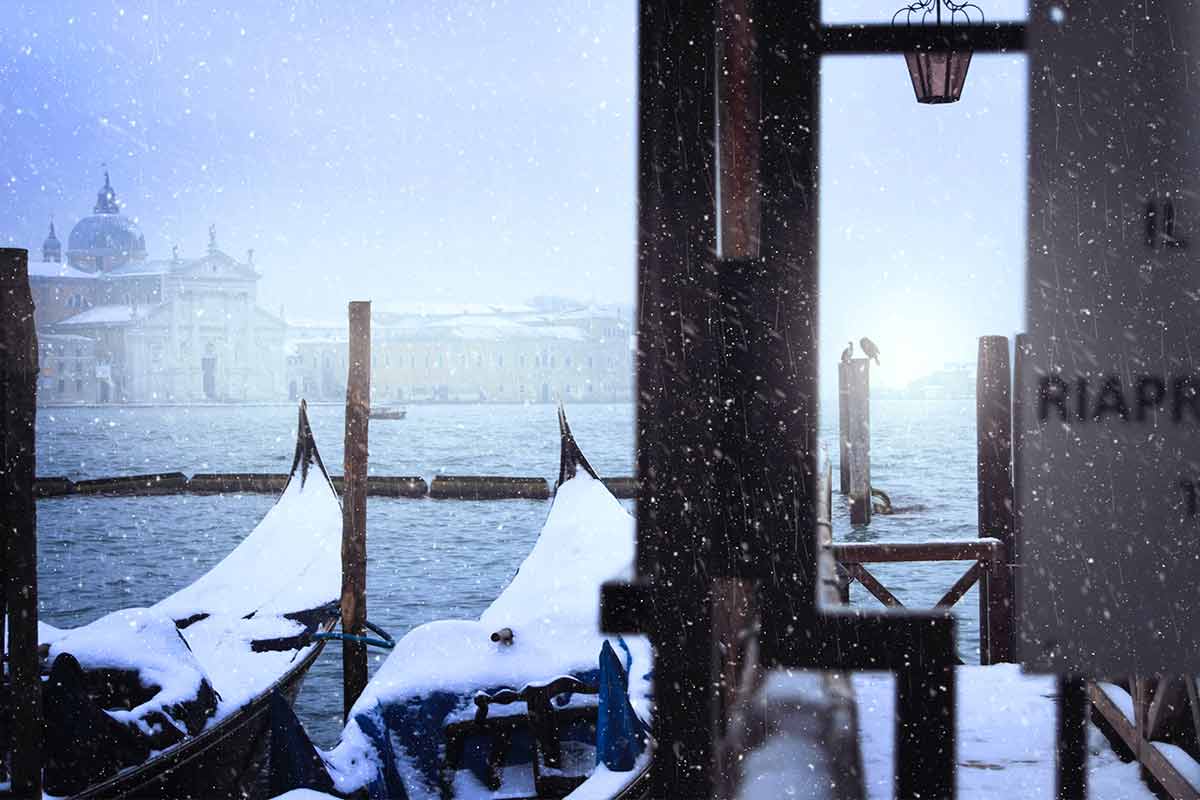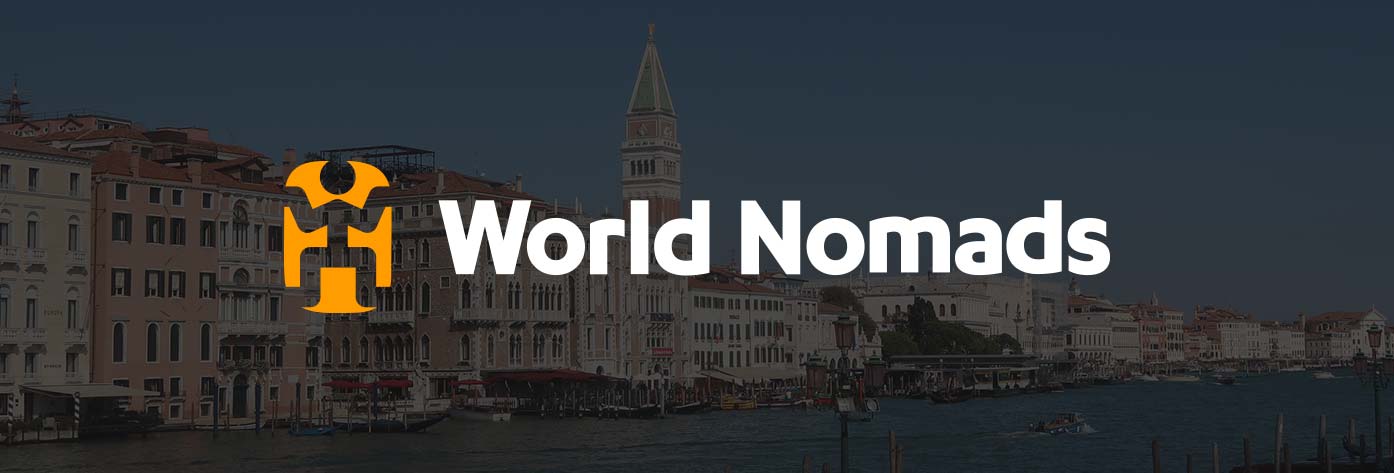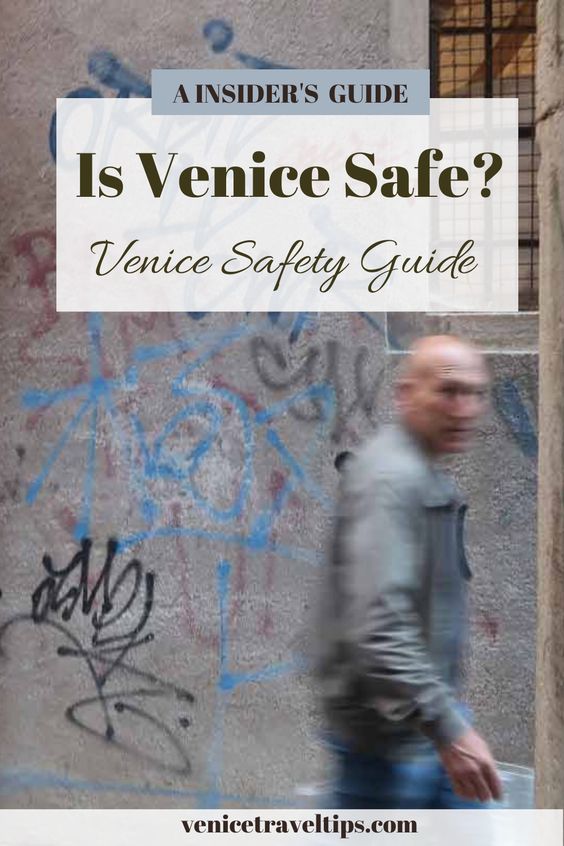Is Venice Safe? This is a question many new visitors wish to know.
Venice is the capital city of the Veneto region located in northeast Italy.
The floating city was built on about 120 islands, connected by over 400 bridges. Visitors from all over the world marvel at the incredible maze of canals and narrow streets dividing the urban landscape.
The cultural and artistic heritage of this city is outstanding and this is what makes it one of the most beautiful ones in the world.
Who’s never dreamt about admiring a romantic sunset from the Rialto Bridge or riding a gondola on the Grand Canal?
Is Venice Safe?
But before starting to dream too much about it, let’s find out more about Venice and understand if Venice is a safe city to travel to, or not.
How Safe is Venice?
Venice is a safe city and definitely more than other important cities in Italy such as Milan, Rome, and Naples. You can even compare Venice and Milan on this blog.

This means your safety shouldn’t represent a major concern at all during your time in the city and you can plan your Venice itinerary with confidence.
But like any other place in the world, it’s suggested to take some precautions when moving around the city and getting to know the best places to stay.
Venice is a very touristic city, so I suggest being extra careful when walking the streets with large crowds, for example during Carnival celebrations.
Venice Crime Rate
- According to Numbeo.com, Venice has a crime index of 33.16. This means that the criminality rate in Venice is LOW. The only MODERATE criminality index is specifically related to property crimes, including vandalism and theft, corruption, and bribery.
- Walking around Venice during the day is extremely safe, as well as during the nights, much more than in other big cities around Europe.
- Compared to the most touristic cities in Europe, Venice is much safer than Paris, Barcelona or London.
- Venice is also one of the European cities with the lowest crime rate.
Is Venice Safe for tourists?
In my opinion… Yes!
Venice is a safe city to explore and a perfect destination for solo travellers as well. This includes day trips from Venice and the surrounding towns.
Venetian residents are welcoming and happy to help tourists showing genuine interest in learning more about the authentic side of Venice.
Unfortunately, the city experienced incivility episodes committed by tourists in the past that made the residents in a state of alert with ‘strangers’.
As long as you respect the city and its people, everybody will have a wonderful time here.
Is Venice safe to travel alone?
Yes, Venice is a safe city to explore if you’re travelling alone. Whether you’re young, old, male or a female solo traveller, in Venice you’ll never feel unsafe.
The crime rate is low and even moving around on foot in the evening shouldn’t concern you. This doesn’t mean that you shouldn’t take the usual precautions.
Be aware of pickpockets and petty thieves, in particular in the most touristic attractions/areas of the city.
Is Venice safe at night?
Yes, Venice is safe at night. Most tourists leave the city in the evening and the city changes face completely with its empty streets and piazzas.
It’s worth spending at least one night in Venice and taking advantage of having the city just for yourself!
One of my recommended activities to do by night is a gondola ride and visit a desert St. Mark’s Square.
Where to stay in Venice
Venice is divided into six main districts (sestieri):
- Castello: the largest district on the eastern side of Venice, extending beyond the Arsenale.
- San Marco: central district of Venice where St. Mark’s Square, the Basilica and the Doge’s Palace are located.
- San Polo: the smallest district of Venice around the Rialto Bridge.
- Dorsoduro: the university student district, includes the southwest part of Venice and Giudecca island.
- Cannaregio: the residential area of Venice, home to the Jewish Ghetto and some of the city’s best (and authentic) bars and restaurants are.
- Santa Croce: the district where the railway station Santa Lucia is based, as well as the Piazzale Roma where the bus and tram stations. You’ll also find water bus stops in front of the station, from where to leave and move around the city and to other islands of the lagoon.
You will find that as a visitor, some of the best neighbourhoods to stay in Venice are San Marco, San Polo and Dorsoduro.
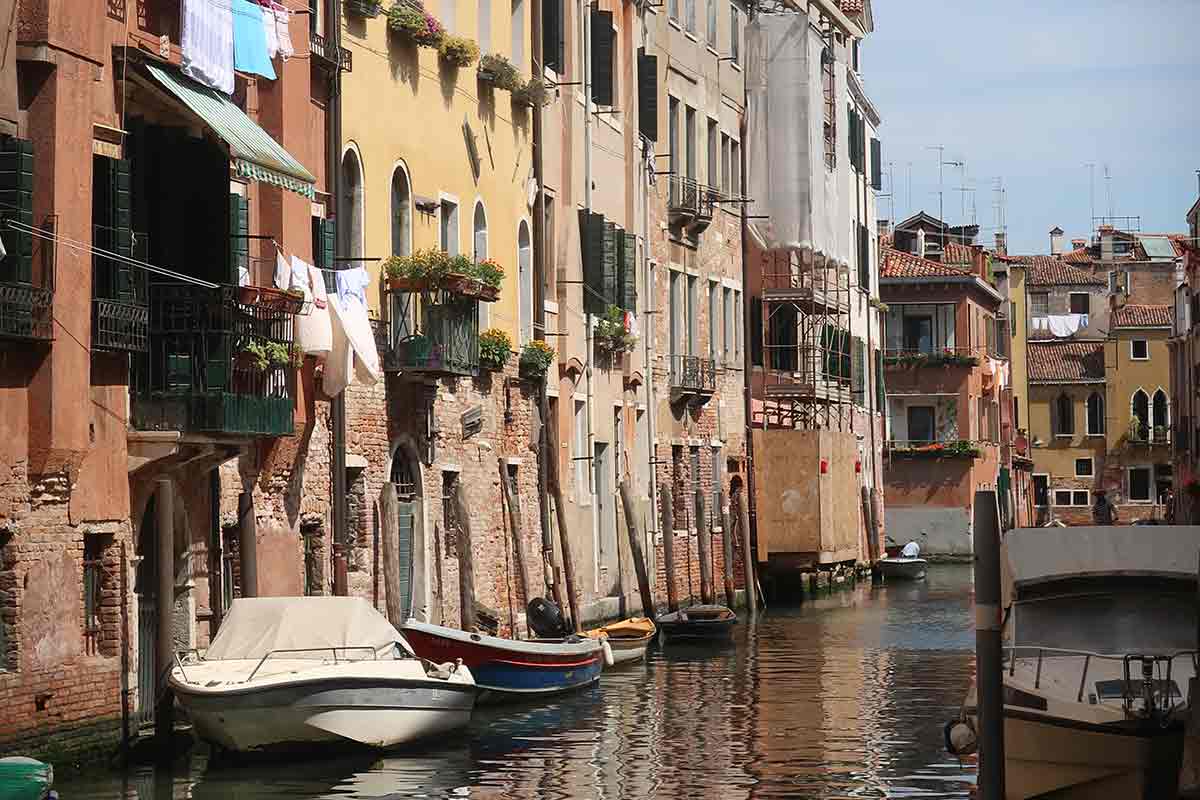
The neighbourhoods are the most central ones of the city and where the main tourist attractions are located. In Venice, you can find accommodation all around the city and there’s something for every budget and taste.
San Marco is the district where the most beautiful and fancy hotels and restaurants are, so if you have a medium-budget, I suggest booking your stay in the other two districts instead.
Areas to avoid in Venice
The two main areas to avoid in Venice I suggest are:
- Castello neighbourhood eastern side as it’s quite out of reach.
- Santa Croce neighbourhood around the Santa Lucia railway station where some tourists have been victim of theft.
If you can aim to avoid these more dangerous areas in Venice, especially during the evening, you’ll reduce the risk of petty crime, massively.
Venice: Travel Safety Tips
Even though Venice is one of the safest city in Europe, I suggest taking extra precautions and following these safety travel tips while in the city:
- While pickpocketing is not as common as it is in other cities, it does happen in Venice too. It is always best to keep all your important belongings in secure pockets and bags and be aware of your surroundings at all times, in particular in crowded places.
- In Venice and more specifically outside the railway station, you can meet individuals willing to carry your luggage and bags using a two-wheel cart (which comes handy when going up and down bridges). They normally ask for some money after their service, if you don’t pay them, it’s going to be difficult to get rid of them.
- When it comes to street food in Venice be aware of what you are eating and always ask if you’re unsure about any ingredients.
- A common crime in Venice is the offer of counterfeit designer bags and belts by street vendors. This happens all around the city and in particular around the Rialto Bridge and Market area. Be aware of this as not only sellers get fined but buyers too!
- There are many fountains in Venice. This is drinking water, so you can stop and drink from the fountain at any time. Carry your reusable bottle for refills. Tap water at the restaurant is equally safe to drink.
- If arriving into Venice from Marco Polo Airport make sure you choose one of the official modes of transport that I have suggest on this blog.
- When it starts to get warmer, late spring and during the whole summer and when the sun sets, it’s when mosquitos appear and they can be quite annoying. Remember to carry with you a repellent.
- The pharmacies (farmacie) are easily recognizable as they have a green or cross sign above their doors. Some of them are also open during the weekend and public holidays. Pharmacists generally give more advice than in the UK and can supply drugs against a UK prescription too.
- Learn a few Italian phrases that might be handy if you get lost or need any other type of help. This Italian phrase book is one of my favourites
- In case of a medical emergency, the number to call is 118 which is always active for emergency requests. During the night or before the holidays, you can also call 0039 041 5294060 (Venice historical city centre emergency medical service).
Best Time to Visit Venice
You can visit Venice all year round! However, when people ask, I always advise them to avoid autumn and wintertime.
These times of the year the high tide is a frequent episode during some days of the week and temperatures are quite low (around 0-6 C°).
If it is an option to you, you will find that Springtime and anytime before autumn (mid-October) is the best time to visit Venice.
By choosing to travel in the shoulder seasons, you can also find cheaper hotel rates and fewer tourists in the streets and attractions.
Temperatures during springtime range from 15 to 25 C°, during the summer between 20 and 30 C° and in autumn between 8 and 18 C°.
I don’t recommend visiting Venice in July or August because even if temperatures are still bearable, the high humidity level makes them perceived as higher.
Here are some of the key events during spring and summer in Venice:
- Carnival in March (Venice is famous for its Carnival, but keep your eye on the calendar because the date changes each year).
- Vogalonga in May (it’s a non-competitive rowing regatta from Venice to Burano island).
- Venice Biennale from June to November (one of the most important contemporary art exhibitions with installations all over the city).
- Festa del Redentore is celebrated on the third Sunday of July.
- Venice Film Festival in August/September.
- Historical Regatta in September (the main event celebrating the ‘Voga alla Veneta’ rowing style).
Got travel insurance for Venice?
World Nomads offers simple and flexible travel insurance. Buy at home or while travelling and claim online from anywhere in the world.
Is Venice Safe?
As you might have understood from this article, Venice is a safe city and there’s no need to be concerned about the safety aspect when you are here.
As for any other city in the world, it’s always suggested to use your common sense and take extra precautions in specific situations or places.
Largely crowded streets and attractions, such as during the Carnival, represent one of those situations where you need to watch out for possible petty thieves.
Taking these precautions, and planning ahead, will make your trip stress-free and an enjoyable one.
With all the unique things to do in Venice literally waiting for you to explore, don’t delay your trip and be confident in booking your trip today!
📌 Like this article? Click to Pin it…
If you found this Venice travel guide helpful, feel free to buy me a virtual coffee here.
“Dear traveller! Some links in this post contain affiliate links. Meaning, if you click through and make a tour booking or reserve a hotel, I may earn a small commission at no additional cost to you. Your support means a lot to me and helps me to keep creating and maintaining the quality of this site for you.”
